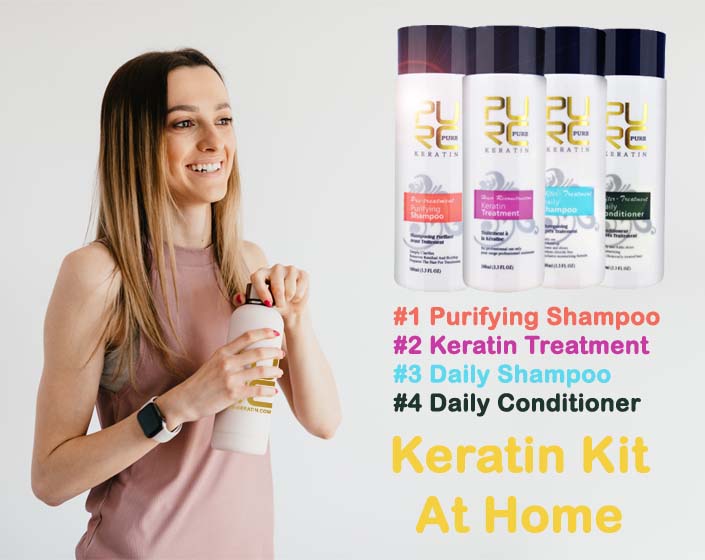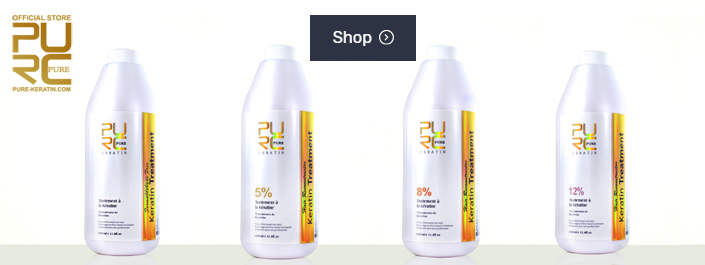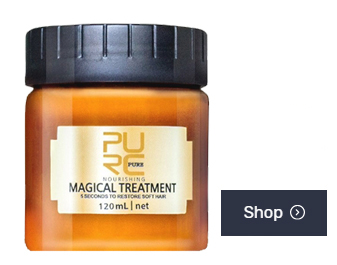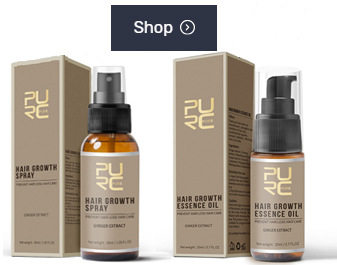HOW TO GET GLOWING SKIN: 7 SIMPLE STEPS TO FOLLOW
AUQUEST on 10th Nov 2021
To get a glowing and beautiful skin naturally, you need to follow these simple steps:
- Protect against sun damage
- Drink water throughout the day
- Cleanse with cleansing milk
- Do NOT use a toner after cleansing
- Keep it simple
- Use a face cream with more oil than water or, better still, a facial oil
1) Protect against sun damage
These days,
we’re all too aware of the damaging effects of overdoing the sunshine. Is it
too late to do something about it if you’ve been a sun worshipper most of your
life? Not at all.
Sunlight is a great provider of vitamin D, which we need for good bone health
and a correctly functioning immune system. So getting some sun is no bad thing.
Just take it in small doses and be sensible.
- Don’t stay out in the sun too long
- Avoid the middle of the day
- Take advantage of shade
- Choose your sun block carefully (see below)
Choosing a sun block
Choose a sun block that uses mineral reflectors, such as titanium dioxide, rather than one that uses chemical agents. There’s a bewildering array of sun creams and lotions on the market. Many are full of chemicals. Can using them day after day for hours on end actually be good for your body? I don’t know about you, but the fewer chemicals I can put on my skin, the better.

2) Drink water throughout the day
Don’t wait
until you’re thirsty. Skin appreciates a good top of up H20 in all weathers,
all seasons, at all times of day. Then again, so do countless other parts of
the body, from your digestive system to your brain cells.
If you’ve never been much of a water drinker, it will take a bit to effort to
get into the habit. But it’s well worth it. Your skin is certainly a lot
smoother and plumper when it’s well hydrated. Aim for six to eight glasses a
day.
3) Cleanse with cleansing milk
Cleansing
milk is an essential part of the skincare routine. Water alone isn’t enough and
foaming cleansers can strip out the skin’s natural oils. Cleansing milk is an
oil-in-water emulsion. It draws out grease and impurities like a magnet without
damaging the skin’s natural protective barrier.
Choose a PH-balanced cleansing milk with AHAs, such as lactic acid. This
loosens the ‘glue’ around dead skin cells and stimulates regeneration. It’s
also a good idea to exfoliate once or twice a week using a warm, damp face
cloth.
4) Do NOT use a toner after cleansing
Surprised? But
it makes sense when you look at the science. The outermost layer of your skin
contains mixture of free amino acids, lactic acid, urea and salts that
biologists call natural moisturising factors (NMFs).
NMFs are hydroscopic: they love water and drink it in at every opportunity.
Trouble is, they don’t know when to stop. They’ll guzzle away until they get so
diluted they can’t hold onto what they’ve got. Next thing you know, they’re
giving water out to the atmosphere through evaporation. So instead of soft and
supple, skin, you can end up with skin that’s dry and flaky.
The main culprits here are toners, spritzers, water-based gels or any other
‘light moisturizers’ that contain more water than oil. So do your skin a favour
and dump these potential ‘de-moisturizers’.
The same goes for any products containing humectants, usually glycerine, which
attract moisture. This may be a good thing in a humid environment, but not so
good in a dry environment such as a centrally heated building or outside on a
dry sunny day.
At times like these, when humectants can’t find enough moisture in the atmosphere, they draw it from your skin and give it away through evaporation.
5) Keep it simple
The labels
on some skincare products read like a mad chemist’s shopping list. Of course,
by law, every ingredient must be tested and passed as safe. But what of the
combined effects of all these chemicals? Can we know for sure we’re not
compromising or threatening our long-term health by continually putting
man-made chemicals in our bodies?
Choose your skincare products as much for what’s
not in them
as for what is. Look for products that contain:
- No parabens (widely used as a preservative)
- No mineral oil (which has no nutritional value and can clog pores)
- No synthetic perfumes or colours (a potential source of irritation or allergic reaction)
- No alcohol (which dries the skin and needs to be countered by other ingredients, such as castor oil or lanolin)

6) Get plenty of antioxidants
Free radical damage occurs at a molecular level and is believed to be a key factor in the development of wrinkles.
The best
defence is to make sure your body gets a regular and plentiful supply of
antioxidants. A diet with lots of fruits and vegetables does the trick. Aim for
a plate of food that is colourful – almost anything green, red, orange or yellow
is packed with antioxidants. Dark, purple fruits such as blueberries,
blackberries and prunes are even richer sources.
Many skin care products contain ingredients with antioxidant properties, such
as vitamin A – which may be listed as retinol – vitamin E and rosemary extract.
7) Use a face cream with more oil than water or, better still, a facial oil.
Skin is
remarkable. But without proper care, it simply won’t perform as well as nature
intended. The skin’s outermost layer skin is made up of flattened (keratinized)
cells. These cells are entirely different from the deeper skin layers. Their
purpose is to protect and preserve; they are our first line of defence.
Skin with a dull, dry, lifeless appearance is out of balance. It no longer has
the necessary composition of oils and water to do the job it was designed to
do. Sebum is the body’s natural moisturizer. But as we age, our body produces
less and less sebum. This can lead to dry, flaky skin and the so-called visible
signs of aging.
To restore the balance, we need to condition the skin with carefully chosen
oils rich in essential fatty acids. Most commercial skin creams contain far
more water than oil. Far from moisturising your skin, with repeated use, these
creams can actually make things worse.
If you do prefer to use a cream, make sure it contains more oil than water.
(Most don’t, so check the label carefully.) Better still switch to a facial
oil, which will balance the skin by restoring the skin’s natural protective
barrier.
To sum up
In a perfect world, your skin would look after itself and we’d all have a naturally beautiful, glowing complexion. But life isn’t like that. So why not take these seven steps to help keep your skin looking and feeling wonderful?
AuQuest
If you are looking for an effective, but affordable anti-aging cream, look no further than the AuQuest products.
AuQuest cream contains a patented skin-boosting peptides and a powerful antioxidant to improve and promote your skin’s resilience against aging, without blocking your pores and causing breakouts.
Check the products here: https://pure-keratin.com/auquest/



















